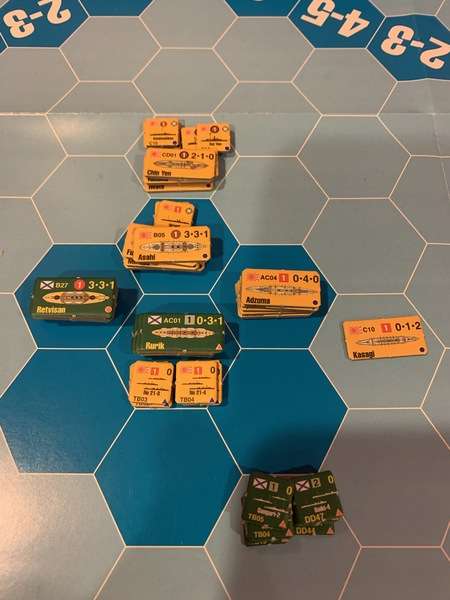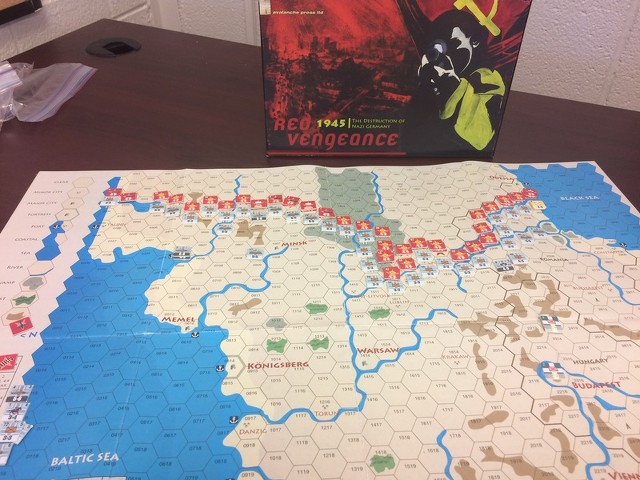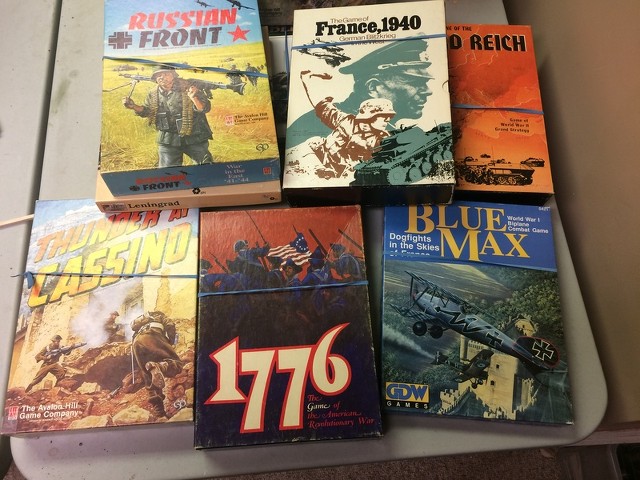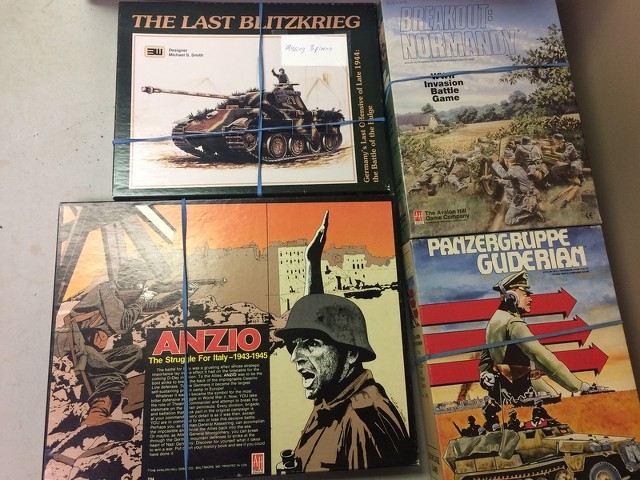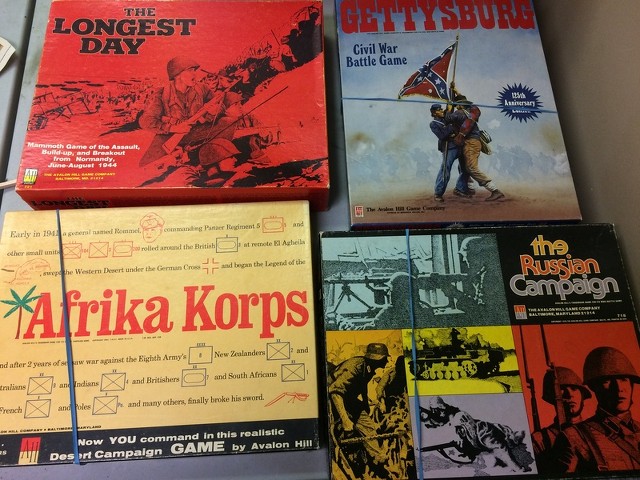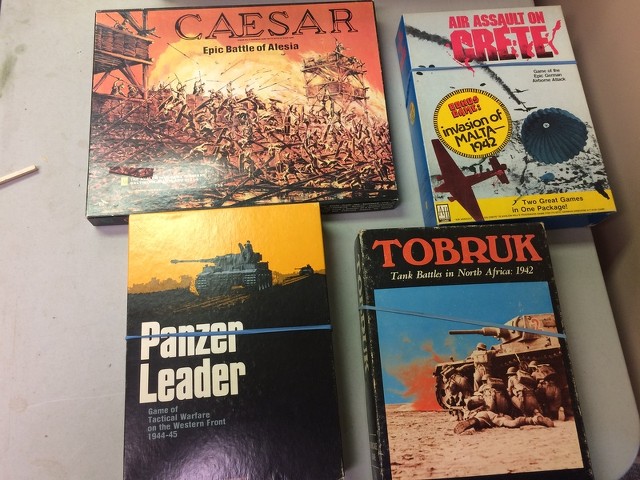Some years back (2018 seems almost idyllic when viewed from the present) I had the good fortune to take some leave in Australia following a brief assignment at the Australian Forces Chaplain School in Canberra. It was enough time to get to know Melbourne and Sydney and to generally fall in love with Oz. Our hotel in the Sydney business district was beside Hyde Park, and strolling one day I came across both the Anzac Memorial and this trophy monument, a Great War naval gun.
At the time I knew enough about the Great War at Sea to recognize the name of SMS Emden, the famous German raider that gained a piratical but chivalrous reputation before being finally cornered and sunk by the Australian cruiser HMAS Sydney. This 4.1 inch (10.5cm) gun was one of several recovered from the wrecked German light cruiser and was presented to the City of Sydney in 1917.
At the time I made a mental note to learn more about the Emden, but it had to wait for six years until I went down a hobby rabbit hole of naval gaming. That lead me to start collecting 1/2400 scale naval models from both world wars from GHQ. Of course at some point I was bound to order an Emden model, which is currently almost painted and nearly ready for basing.
While this and some other GHQ Great War models were on order, I picked up this book by Wes Olson when tempted by a Naval and Military Press book sale, and it did not disappoint.
Olson's account of Emden's brief career is gripping, and his blow by blow account of her duel with Sydney was very conflicting, as I was cheering for both sides. Of course he tells the amazing story of how Emden's Number One, von Mucke, who was ashore on a raiding mission when the battle started, led his party across the Indian ocean in a leaky sailing boat, how they fought Bedouins in Yemen, and were finally feted when they reached friendly Constantinople. I realized that Olson provided more than enough material and inspiration to think about a WW1 naval campaign based on the Emden's career. But how to structure it?
I then recalled that my gaming library's shelf of shame had a small game published by Avalanche Press called Cruiser Warfare (CW). I've played other Avalanche naval games and found the tactical system wanting, but I had a second look at CW and realized that it could give me the framework for a campaign game. CW provides an area map for ALL THE SEVEN SEAS!, simple rules for searches, raiding, convoys, coal supplies (vital in this period and the Kriegsmarine's Achilles heal), and a complete OOB for the German raiders and for the RN and allied fleets that hunted them down. Of course the game includes Emden:
And her nemesis:
The objective of the campaign game for the Germans is to rack up points by commerce raiding and knock off weaker allied warships, while the Allies want to protect their convoys and run the Germans down, focusing of course on their most powerful foes, Von Spee's East Asia Squadron.
While the whole campaign is tempting, I concluded that a simple proof of my concept would focus on the Emden, starting with the outbreak of hostilities when she was in the German colony port of Tsingtao. Her task is to escape Tsingtao before the Royal Navy blockading force arrives, find Von Spee and receive his orders for solo raiding. The Allied goal is to find Emden (SOS calls from merchant ships are clues to her location) and sink her before she can do too much damage. Any encounters between Emden and allied warships will be played out on the tabletop using Naval Thunder Clash of Dreadnoughts rules, although the game will likely end with one battle, as Emden is a gallant but fragile light cruiser, and naval warfare in this period was a pretty bloody rock paper scissors affair where speed and gunnery advantages were all (as proven by the Coronel and Falklands battles where the Germans outclassed the RN and then were in turn outclassed).
I think there's the potential for a good internet-PBEM game here, with one player playing the role of Emden's Captain Muller and other players commanding various allied squadrons in a cat and mouse game. A more complicated game could add two more German players commanding the solo raiders Karlsruhe and Dresden, but that's too ambitious for now.
So that's the concept, and once my Holy Week obligations are over, I hope to tinker with it some more and report on Emden's progress in a test game. Stay tuned, me hearties!
Blessings to your gaming,
MP+








